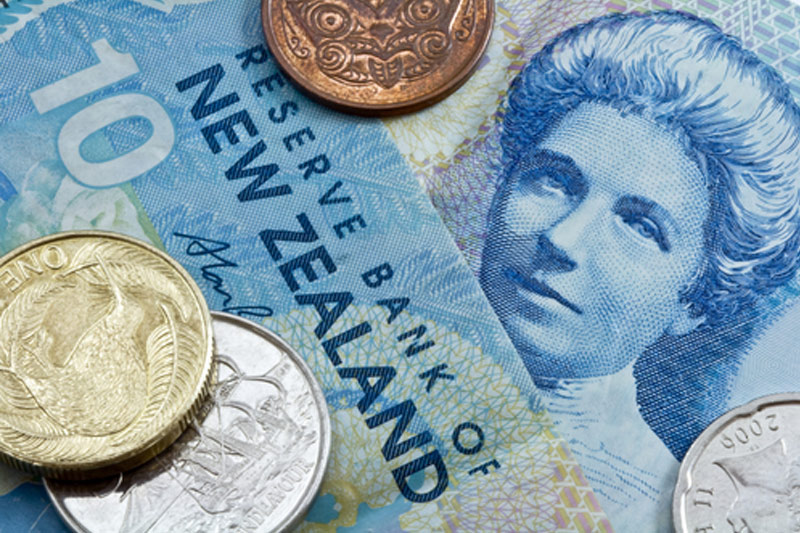* Kiwi falls 2 percent after RBNZ rate cut
* Brazil rating cut to junk, seen weighing on emerging currencies
* Major currencies in limbo ahead of Fed's meeting (Updates prices, adds comments)
By Masayuki Kitano and Hideyuki Sano
SINGAPORE/TOKYO, Sept 10 (Reuters) - The New Zealand dollar tumbled on Thursday after the country's central bank cut its benchmark interest rate and said it may ease policy further, especially if the South Pacific nation's economy is weakened by a potentially sharper downturn in China.
The kiwi fell 2.0 percent to $0.6275 NZD=D4 . It slumped to a low of $0.6256 at one point, down from $0.6405 in late U.S. trading on Wednesday.
The Reserve Bank of New Zealand (RBNZ) cut its official cash rate by 25 basis points to 2.75 percent as widely expected amid a sharp fall in export prices and a slowdown in earthquake reconstruction.
RBNZ Governor Graeme Wheeler said a big slowdown in China's economy could have a negative impact on New Zealand, highlighting growing global fears about the risk of a hard landing in China.
The Australian dollar, often seen as a proxy on China because of Australia's dependency on resource exports to China, fell to as low as $0.6947, not far from a six-year low of $0.6892 set on Monday.
The Aussie later trimmed its losses after Australia's jobs data came in better than expected. It last traded at $0.6997 AUD=D4 , down 0.3 percent on the day.
"The stronger employment number that came out is adding support to the Aussie right now, but it's going to be a tough grind because a lot of the Aussie traders are primarily focused on the external factors, like the China markets," said Stephen Innes, senior trader for OANDA in Singapore.
Data on Thursday showed that while China's consumer inflation in August edged up more than expected from a year earlier, producer prices fell at the fastest rate in six years, signalling stubborn deflation risks in the economy.
Also potentially damaging the Aussie, Standard & Poor's stripped Brazil of its investment-grade credit rating late on Wednesday, while keeping the outlook negative.
Because the Brazilian real hardly trades in Asian time zone, some investors sell the Aussie for hedging as the two currencies share similar traits, such as close links to commodity and high yields.
Moves in other major currencies were more subdued.
Against the yen, the dollar eased 0.1 percent to 120.42 yen JPY= , having stepped back from one-week high of 121.20 yen hit on Wednesday. The euro was little changed at $1.1210 EUR=
Uncertainty over whether the U.S. Federal Reserve will raise rates at its policy meeting on Sept 16-17 and concerns about China are keeping investors on tenterhooks.
Data on Wednesday showed U.S. job openings surged to a record high in July, the latest signal of an increasingly tight labour market that could push the Federal Reserve closer to raising interest rates.
Yet, many market players suspect recent volatility in financial markets is likely to keep the Fed from raising rates in September.
(Editing by Kim Coghill & Shri Navaratnam)
